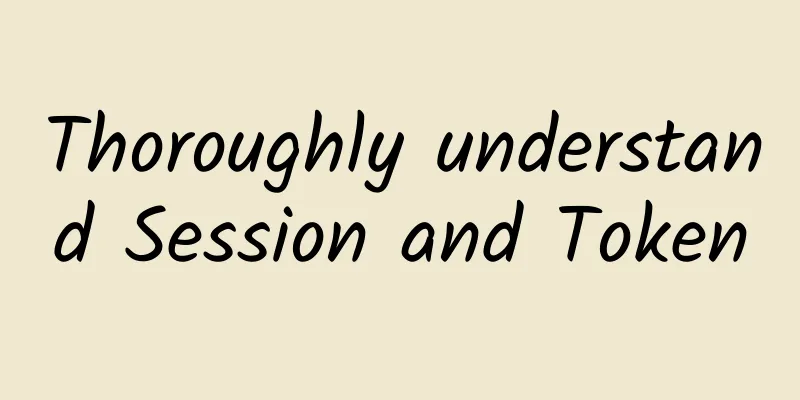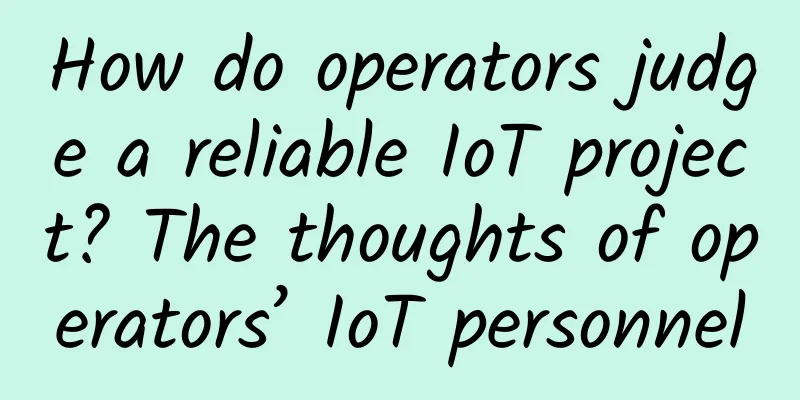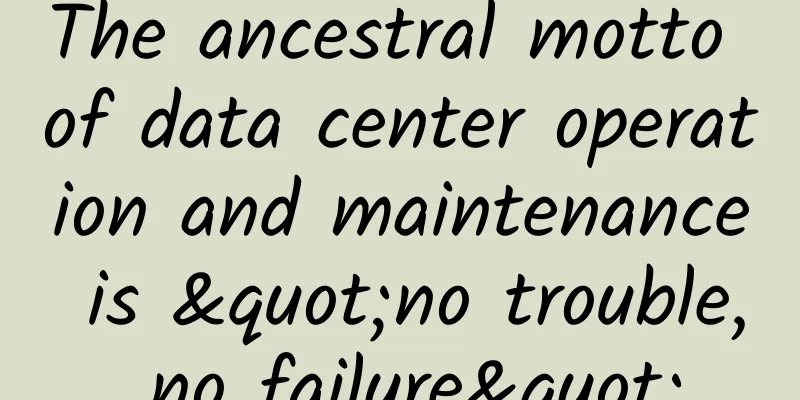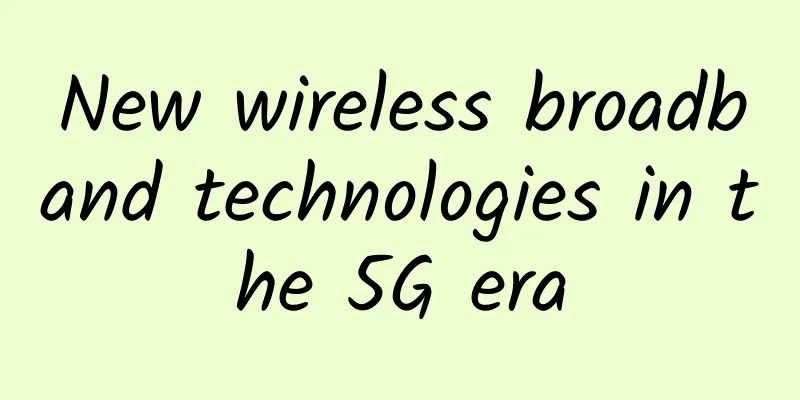Thoroughly understand Session and Token

|
Hello everyone, I am amazing. When building a user identity management system, choosing between sessions and tokens is a key decision that depends on the system's requirements and specific usage scenarios. This article will delve into when it is appropriate to use sessions and when it is appropriate to use tokens to help developers make wise choices in practical applications. What is SessionAs we all know, the HTTP protocol is a stateless protocol. When the browser requests the server multiple times, the server cannot sense whether it is the request from the same user, so there is a Session mechanism. The Session mechanism is a mechanism used to track user status in Web development.
However, the Session mechanism has certain drawbacks in distributed deployment, especially in a load balancing environment, which can easily lead to session verification failure. What is TokenIn order to solve the drawbacks of the Session mechanism, the Token mechanism came into being. Token, also known as a token, is generally generated by elements such as a secret key, a public key, and a timestamp through an encryption algorithm (such as MD5, SHA). In the Token mechanism, after the user passes the identity authentication, the server will generate a Token and return it to the client. The client carries this Token in each subsequent request, and the server determines whether the request is valid by verifying the legitimacy of the Token. Session and TokenCompared with Session, the advantage of Token is that it can easily cope with distributed deployment and load balancing environments, because Token is stateless, each request carries enough information for verification, and does not depend on a specific server node. This makes Token a more flexible and scalable authentication and authorization mechanism. Similarities:
Differences:
Session: Stored on the server side, can be saved in persistent storage such as memory, database, NoSQL, etc. Token: Stored on the client, usually in the browser's cookies or local storage.
Application ScenarioApplication scenarios of sessions:
Application scenarios of tokens:
summaryThere is no essential difference between session and token, both are authentication mechanisms for user identity. In actual applications, it is necessary to weigh the choice between the two according to specific needs and take corresponding security measures to ensure the security and privacy of user identities. Only by making reasonable choices in different business scenarios can you achieve twice the result with half the effort. |
<<: A Deep Dive into Data Link Layer Devices
>>: Cool Knowledge: Learn about RF Antennas in One Article
Recommend
5G technology can now read human emotions in public areas
[[403225]] The birth of a new and influential 5G ...
How does the TCP connection state change?
TCP is a connection-oriented reliable transmissio...
Riverbed helps leading manufacturing company Interplex successfully use robotics technology at its global sites
Riverbed, the Application Performance Company, to...
Analysis of the Four Major Disaster Recovery Technologies in Data Centers
Disaster recovery technology means that when a da...
Finally! Huawei officially announced that it will start collecting 5G patent fees, Apple and Samsung will have to pay...
Yesterday (March 16), Huawei stated at the "...
10g.biz Hong Kong CN2 VPS simple test
A group friend asked about the information about ...
How will HTTP and DNS protocols evolve in the 5G era?
HTTP and DNS have almost become two household pro...
[Black Friday] ITLDC: 40% off unlimited traffic VPS annual payment, 25% off dedicated server, 14 data centers in the United States/Singapore/Netherlands
ITLDC's Black Friday promotion this year last...
DiyVM: 50 yuan/month-2GB/50GB/10M/US CN2/Hong Kong CN2/Japan Osaka
Continue to share information about DiyVM. DiyVM ...
Telecom APIs: A critical IT tool for expanding services and improving customer experience
In recent years, enterprise communications have u...
Exclusive interview with Xu Jie, product director of DYXnet: DYXnet comprehensively upgrades SASE services to build a new frontier for network security
As mentioned in Maslow's hierarchy of needs t...
F5 Releases 2020 State of Application Services Report (APAC Edition) Interpreting Five Major Findings in Enterprise Digital Transformation
[51CTO.com original article] F5 Networks recently...
Comment: Why is the price war in the CDN industry slowing down at this stage?
In the past two years, cloud computing companies ...
Why is 5G suddenly not popular anymore?
In the past two days, an article about the curren...
What happens when we enter a URL into our browser?
Preface What happens when we enter a URL into the...









